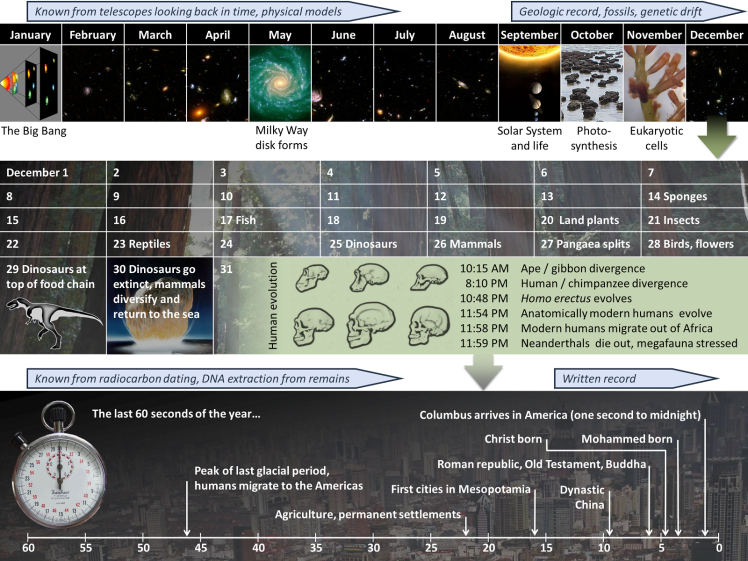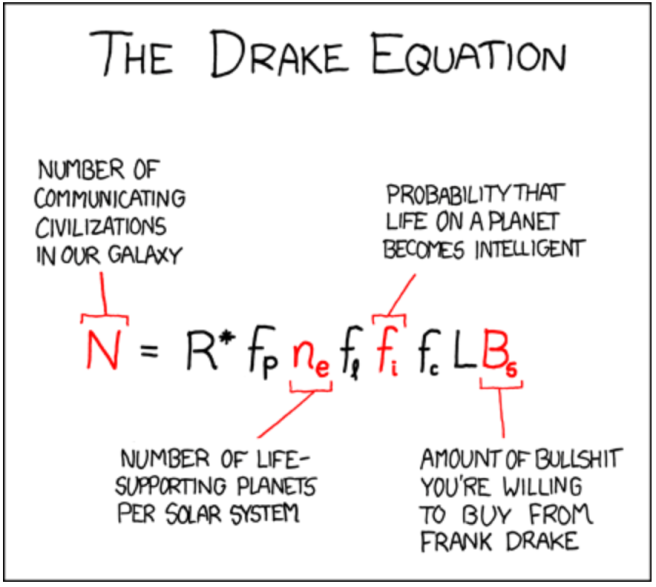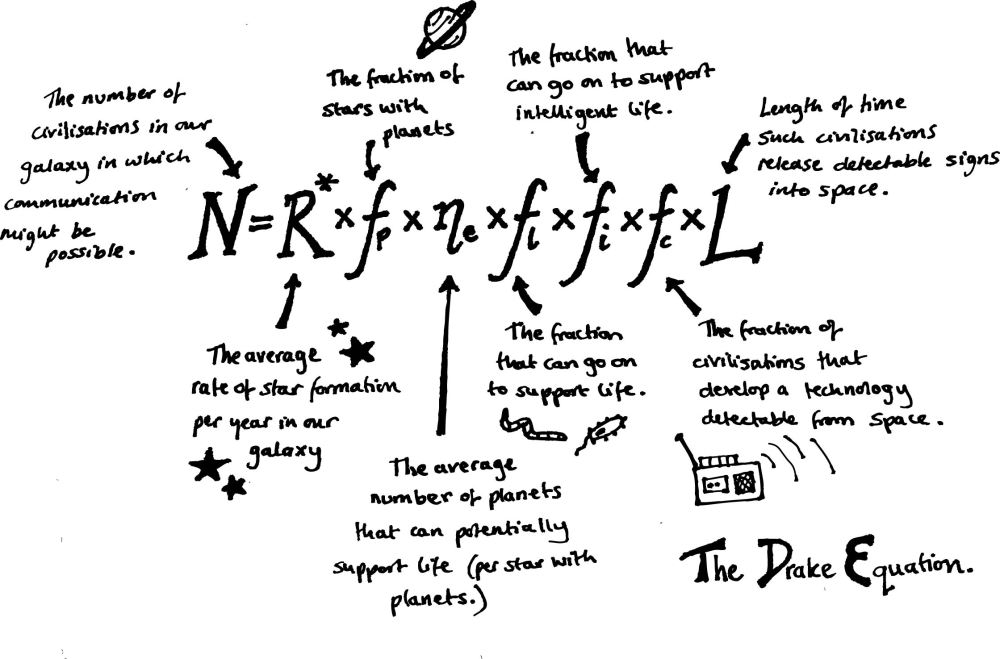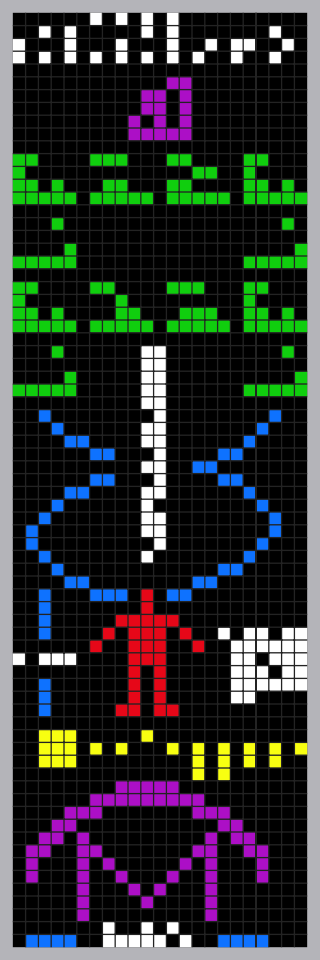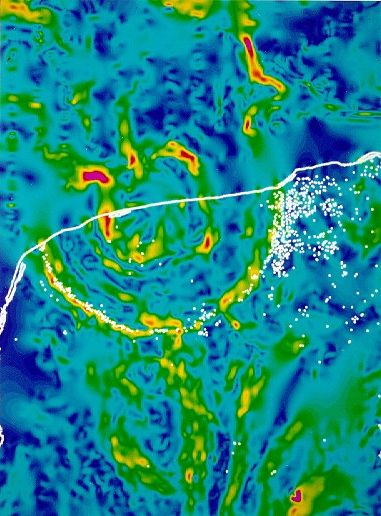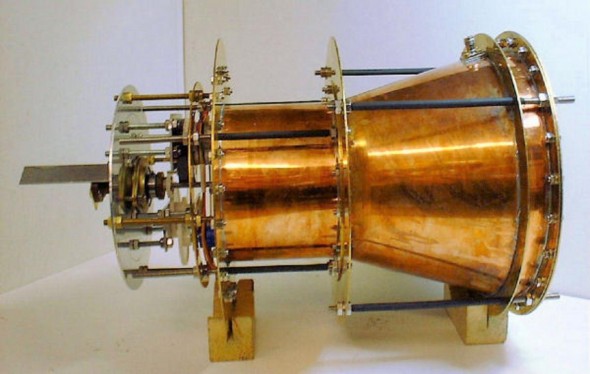
One of the greatest difficulties interstellar, or even just interplanetary, travel faces today is the problem of fuel storage. In order to accelerate to fast enough speeds to travel between planets in a reasonable amount of time, as well as to later decelerate, ships would need to hold a tremendous amount of fuel, which would then cause it to need even more fuel because of the higher mass.
The EmDrive will potentially solve this problem. Introduced in 2001 by a researcher named Roger Shawyer, the device seems to be able to create thrust without any propellant. The EmDrive went largely ignored by scientists at first because of the impossible contradiction it would make with the laws of physics if proven true. However, several independent labs have since recreated the drive and reported the same results as Shawyer: that it does, in fact, create thrust.
At first, researchers blamed the creation of thrust on some kind of measuring mistake, but even after extensive testing, they have still been unable to disprove the existence of thrust. It remains to be seen what actually causes the thrust, but if the thrust is actually caused by some kind of physical phenomena, it would mean a revolution in both the study of physics and in space travel.

